The beautiful scenery of Petrota is beyond comparison. The origins of its name guide to the numerous volcanic and sandstone rocks that exist in the area as well as to the master stone craftsmen who used to live here. The visitor can admire the traditional stone houses, the statue of “Lithoxoos”, the “eternal Oak”, the particular geo formation of black stone known as “Karakopetra”, the traditional mill, the conference center and the exhibition hall of stone.
The exhibition hall of stone is located at one of the last saved traditional buildings, the restored mill of the village, one pre-industrial building whose construction phases began in the early of the 20thcentury. There are exposed rocks, fossilized woods, corals and crystals. The visitor has the chance to admire the stones of the area and of other areas, classified in six collections, but also the products of the elaborated stones.3,4
At Petrota mining of the volcanic and sandstone rocks has been going on since antiquity and lasted until the mid-20th century. The quarried stone was used not only as millstones and building material but also for making various household items (drinking troughs for animals, foundations and linings of wells, mortars, hand mills etc.1,2
Moreover, these stones were the raw material for the construction of important monuments in the wider region, such as the Thracian domed tomb and the Byzantine castle in Mezek (4th century BC and 11th century AD, Bulgaria), the post-Byzantine castle in Petrota (16th century AD), the bridge of Mustafa Pasha in Svilengrad (528-1529 AD ), the church in village Pentalofos (1858 AD), the church in village Therapio (1895 AD), etc.2
It is definitely worth visiting the famous stone paths known as “Kastrini Strata”. This memorable walk is a travel experience at the junction of three countries. You can discover either the path of “Petrota-Mezek-Svilengrad” or the path of “Petrota-Ormenio-Dikaia-Marasia-Karagats-Adrianoupolis” and feel the pulse of other interesting neighboring areas.1
Sources:
- Vavelidis M., Melfos V. and Hotzidis A., 2007. Proposal for the creation of a stone museum and a route to places of special geological beauty in the Triangle of Evros. At the Conference: Development opportunities in Northern Evros: Culture, mineral resources and environment. Mylos Petroton, Evros, Greece, 04 August 2007. Thessaloniki: Committee of Economic Geology, Mineralogy and Geochemistry of the Hellenic Geological Society, pp. 54-59.
- Vavelidis M., Hotzidis A. and Melfos V., 2007. The quarries and monuments of Northern Evros: Factors of economic development from antiquity to modern times. At the Conference: Development opportunities in Northern Evros: Culture, mineral resources and environment. Mylos Petroton, Evros, Greece, 04 August 2007. Thessaloniki: Committee of Economic Geology, Mineralogy and Geochemistry of the Hellenic Geological Society, pp. 38-53.
- Vavelidis M. and Zaimis S., 2010. Geological surveys in the Municipality of Trigono, Evros - The Petra Museum in the Mill of Stones. In the scientific conference: Geological and geophysical researches in the municipality of Trigono, Evros - The archeological work in North Evros. Mytlos Petroton, Evros, Greece, 07 August 2010. Alexandroupolis: Evros Prefecture, pp. 6-16
- Petra Museum. Available at: https://www.emtgreece.com/el/museums/mouseio-petras. [Accessed April 20, 2020].



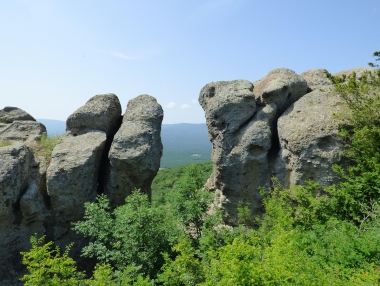
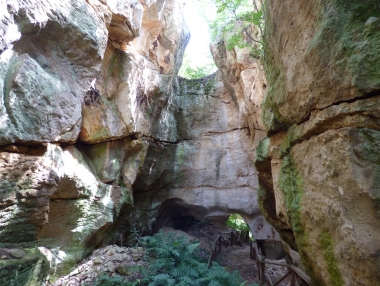
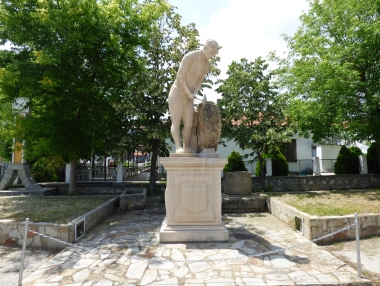
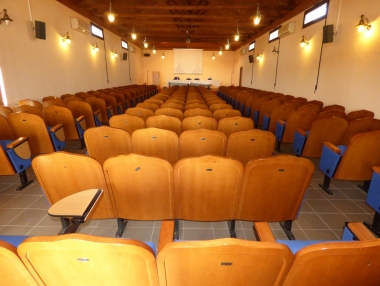
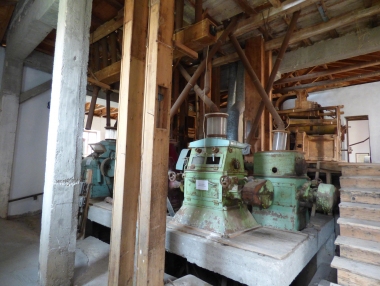

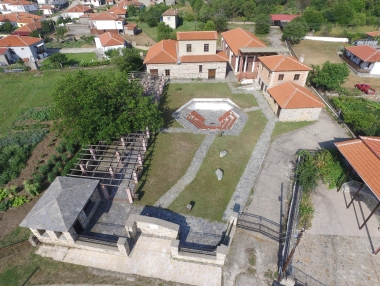
 Website development –
Website development –